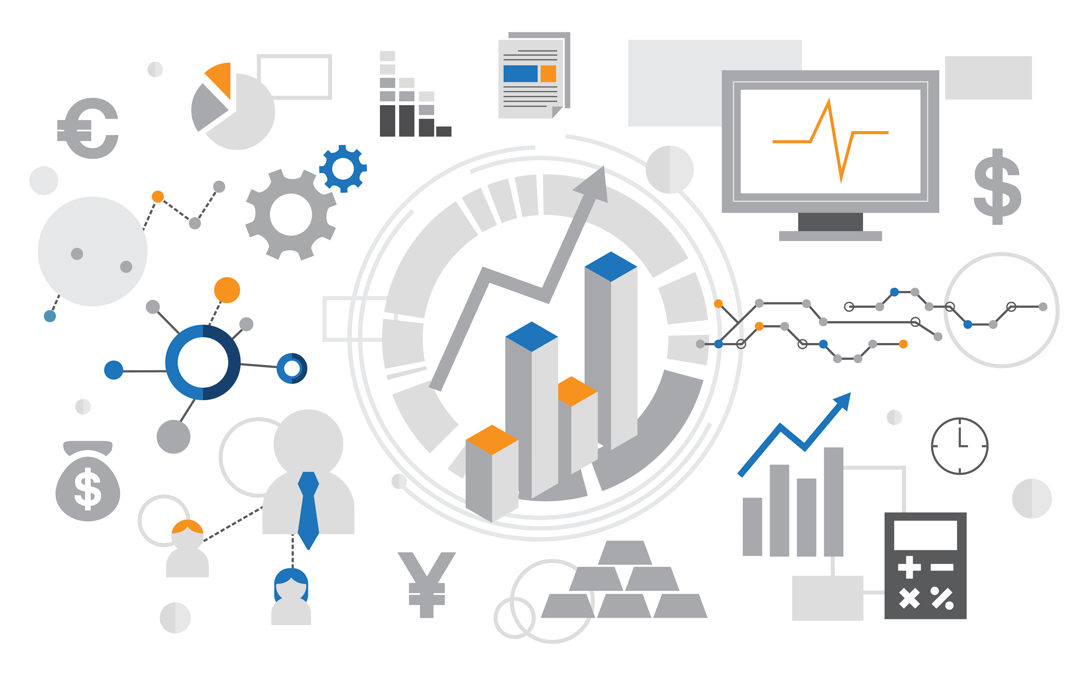Business Diagnostic Assessment is a critical assessment that should be carried out for any business wanting to grow quickly. It helps in determining the business’ ability to improve the financial gains for its owners and shareholders. This diagnosis can help identify issues in all areas of the company and provides a set of initiatives that can be undertaken to improve business performance. It gives the business owner a clear view of the current state of his enterprise and what must be done to enhance its long-term performance.
There are various tools and techniques used to analyze the performance of any business. Business diagnostic refers to the process of analyzing and evaluating a variety of organizational components to fully understand their advantages, disadvantages, opportunities, and risks. It is necessary to extensively investigate several components to evaluate the business’s overall performance and state of health.
